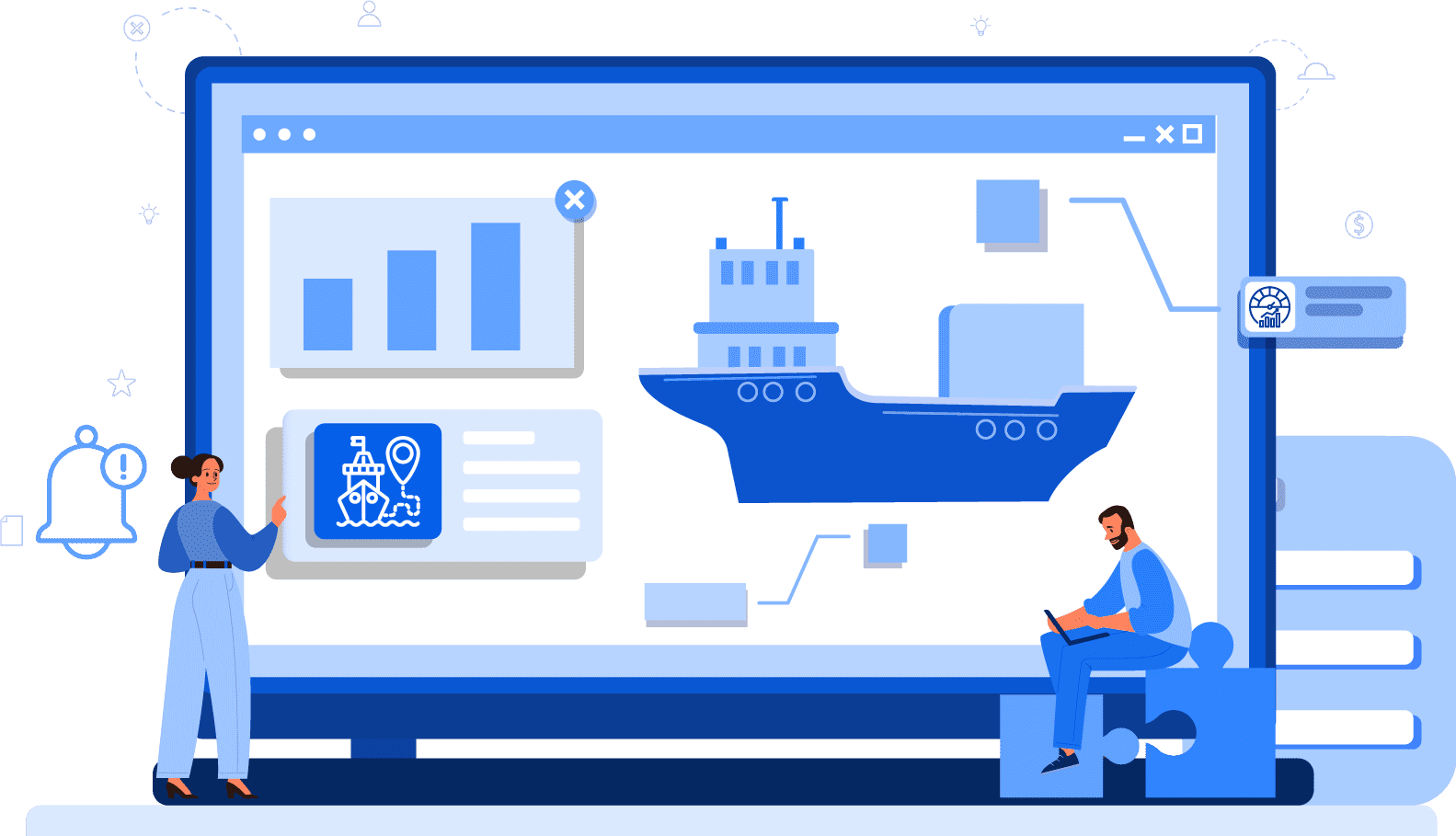The global market for marine management software is a unique competitive arena, where a mix of long-standing maritime technology specialists and new, data-driven startups are vying to become the digital core of the global shipping industry. A close examination of the Marine Management Software Market Competition reveals a rivalry that is fought not just on software features, but on deep domain expertise, the accuracy of performance models, and the ability to integrate a wide array of disparate data sources. The competition is intense because the stakes are high: the software platform that a shipping company chooses to run its operations is a mission-critical system with high switching costs, leading to long-term, "sticky" customer relationships. The Marine Management Software Market size is projected to grow USD 3.94 Billion by 2030, exhibiting a CAGR of 10.64% during the forecast period 2025-2030. This sustained growth, driven by the pressures of decarbonization and operational efficiency, ensures that the competitive landscape will remain dynamic, as incumbents and challengers alike invest heavily to prove the ROI of their solutions in a traditionally conservative industry.
The central competitive dynamic in the market is the ongoing clash between the comprehensive, all-in-one suite providers and the specialized, best-of-breed point solutions. The all-in-one providers, like DNV and Veson Nautical, compete on the promise of a single, integrated platform that can manage all aspects of a shipping company's operations, from chartering and commercial voyage management to technical management and crewing. Their competitive advantage is their ability to break down the data silos between these different departments, providing a single source of truth for the entire organization. They compete for large shipping company contracts by offering a complete, end-to-end "ERP for shipping." In direct opposition are the best-of-breed specialists. These are companies that focus on being the absolute best in the world at one specific, high-value problem. For example, a specialist in voyage optimization will compete on the basis of its superior weather routing algorithms and more accurate vessel performance models, promising a higher level of fuel savings than the more generic module from an all-in-one suite. These specialists compete on the depth of their expertise and the tangible ROI of their solution, arguing that a curated, multi-vendor, best-of-breed approach can deliver a superior outcome.
This primary rivalry is further complicated by several other competitive pressures. A major new competitive front is the race to deliver the most effective solution for decarbonization and environmental compliance. With new regulations like the IMO's Carbon Intensity Indicator (CII) coming into force, vendors are competing fiercely on their ability to provide the tools to monitor, report, and improve a vessel's carbon emissions. The vendor with the most accurate and user-friendly solution for CII management has a powerful competitive advantage. Another competitive dimension is the "IT vs. OT" divide. The major industrial equipment manufacturers (OEMs) of ship engines and other machinery, such as Wärtsilä and MAN Energy Solutions, are increasingly building their own digital platforms to monitor the performance of their equipment. This can put them in direct competition with the independent software vendors. The OEMs' competitive advantage is their deep, proprietary knowledge of their own machinery, which can allow them to build more accurate performance models. This creates a complex landscape where the software vendors must both partner with and compete against the major equipment manufacturers.
Top Trending Reports -
Spain Optical Character Recognition Market
